Rio de Janeiro

Tourism Sites
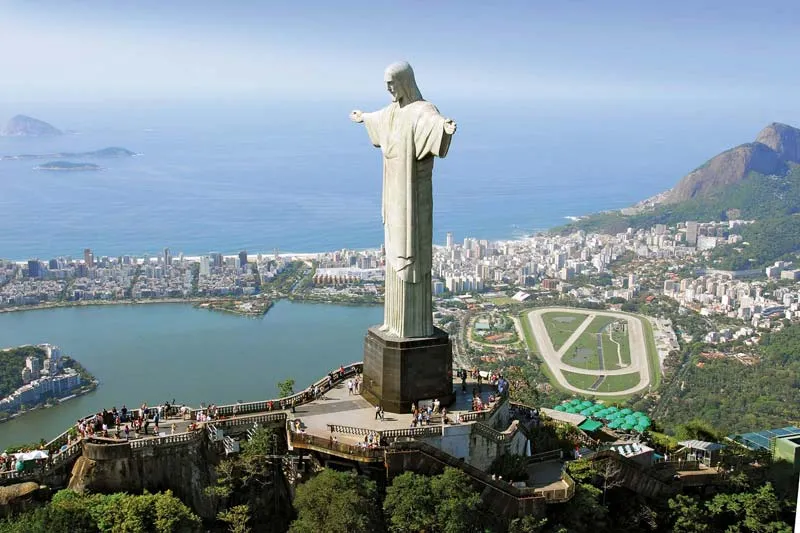
Christ the Redeemer
🧠 Fact: One of the New Seven Wonders of the World, standing 30 meters tall atop Corcovado
💡 Tip: Visit early morning to avoid crowds and catch the best views.
Info - Christ the Redeemer is one of the world’s most iconic landmarks, towering 30 meters over Rio de Janeiro from the peak of Mount Corcovado. Completed in 1931, this colossal Art Deco statue symbolizes Brazilian warmth and Christian faith. Visitors can take a scenic train ride through Tijuca National Park or hike the Corcovado Trail to reach the summit. The panoramic views from the platform stretch across Rio’s mountains, city skyline, beaches, and Guanabara Bay. Whether admired at sunrise or sunset, Christ the Redeemer remains a breathtaking sight and a bucket-list experience for anyone visiting Brazil.
- 📍 Brazil , Rio de Janeiro
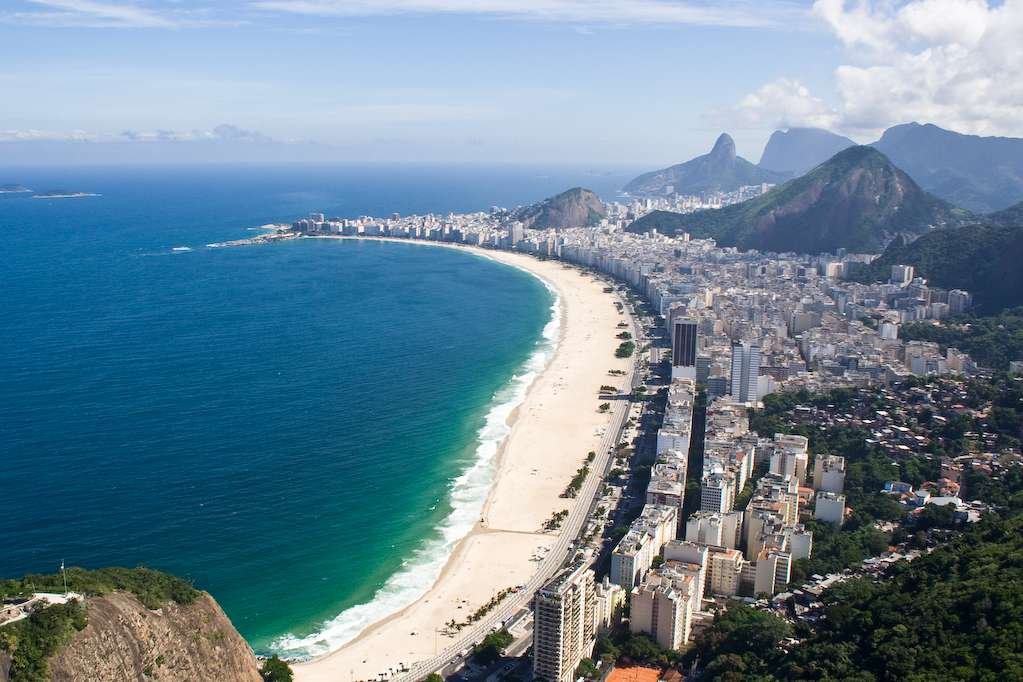
Copacabana Beach
🧠 Fact: Copacabana Beach is one of the most famous beaches in the world, stretching over 4 kilometers
💡 Tip: Visit at sunset to enjoy the stunning views and vibrant beach atmosphere.
Info -Copacabana Beach is one of the most iconic stretches of sand in the world. Located in the heart of Rio de Janeiro, this 4-kilometer beach is famous for its golden sands, lively promenade, and buzzing atmosphere. Locals and tourists flock here to sunbathe, play beach volleyball, sip coconut water, and enjoy live music at beachfront kiosks. The dramatic backdrop of Sugarloaf Mountain and vibrant cityscape makes it a photographer’s dream. At night, Copacabana transforms into a party spot, with bars, samba beats, and street performers lighting up the shoreline.
- 📍 Brazil , Rio de Janeiro
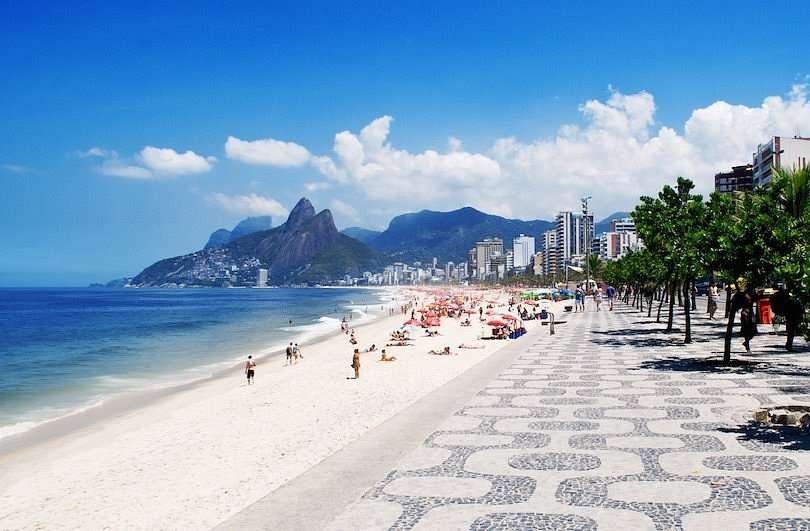
Ipanema Beach
🧠 Fact: Made famous by the song “The Girl from Ipanema”, it’s Rio’s trendiest beach.
💡 Tip: Sundays are best with the street markets and car-free beach roads.
Info - Ipanema Beach is one of Rio de Janeiro’s most iconic shorelines, famed for its golden sands, crystal-clear waters, and vibrant social scene. Framed by the Dois Irmãos mountains, it’s the perfect spot for sunbathing, beach volleyball, and watching surfers ride the waves. The beach is divided by posts called “postos,” with Posto 9 especially popular for its lively, youthful crowd. Sunset views here are legendary, often applauded by locals. The surrounding neighborhood offers chic boutiques, trendy cafés, and bars, making Ipanema an essential stop for those seeking Rio’s classic beach culture mixed with urban sophistication.
- 📍 Brazil , Rio de Janeiro
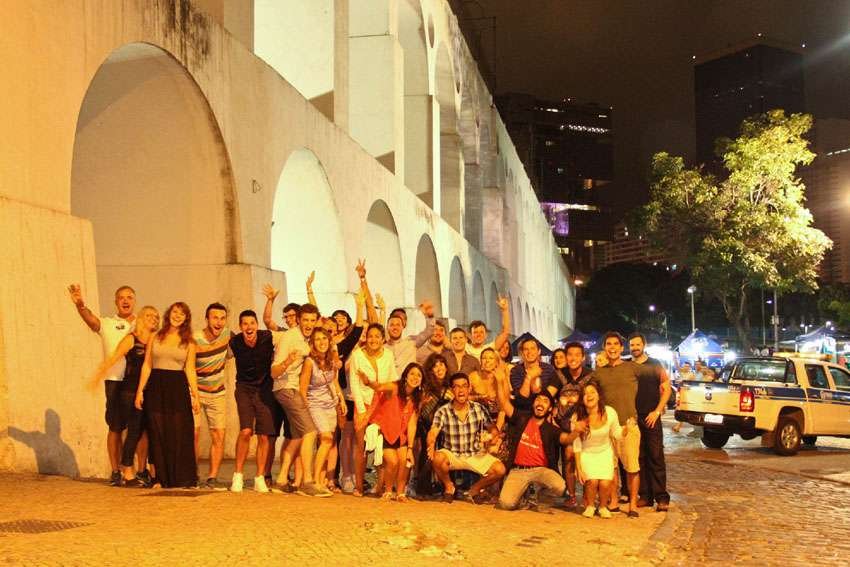
Lapa Arches & Nightlife
🧠 Fact: Lapa is Rio’s iconic nightlife district with live samba, bars, and the famous Arcos da Lapa.
💡 Tip: Go on a Friday night for the ultimate local experience
Info - The Lapa Arches, or Arcos da Lapa, are a striking 18th-century aqueduct-turned-bridge in Rio’s Lapa district. By day, the towering white arches are an impressive historical structure. By night, they become the epicenter of Rio’s nightlife scene. The surrounding streets fill with live samba, street performers, and crowds heading to famous bars and clubs. Venues like Rio Scenarium combine vintage décor with live Brazilian music, while open-air parties around the arches pulse with energy. Lapa is known for its festive, bohemian vibe, making it a top spot for experiencing Rio’s after-dark culture.
- 📍 Brazil , Rio de Janeiro

Maracanã Stadium Tour
🧠 Fact: One of the world’s most legendary football stadiums, host of two World Cup finals
💡 Tip: Book a match-day tour for the full vibe, or explore the museum for football history
Info - Maracanã Stadium is Brazil’s most legendary football arena, with a rich history dating back to the 1950 World Cup. A tour of this iconic venue takes visitors behind the scenes to the players’ locker rooms, VIP areas, and onto the pitch itself. The museum inside showcases jerseys, trophies, and memorabilia from football legends like Pelé and Zico. Maracanã has hosted historic events, including World Cup finals and Olympic ceremonies. For sports enthusiasts and culture buffs alike, walking the grounds of this colossal stadium offers a unique glimpse into Brazil’s deep-rooted passion for football.
- 📍 Brazil , Rio de Janeiro
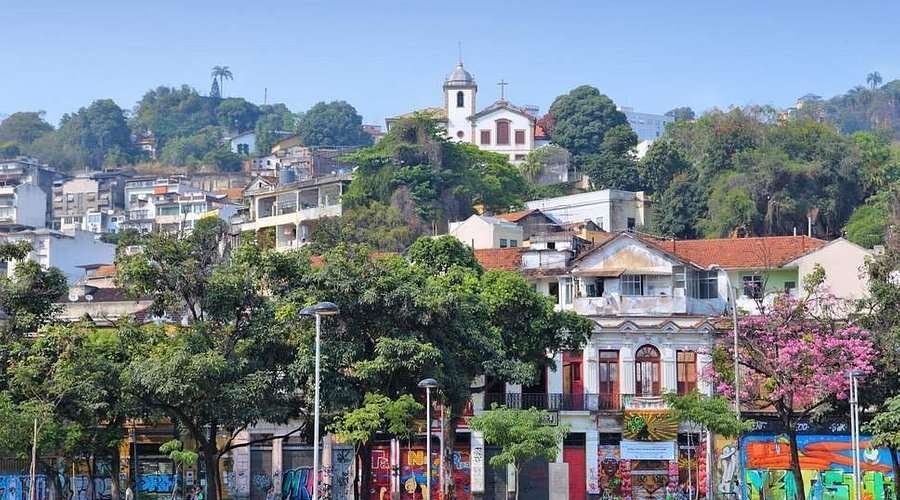
Santa Teresa Neighborhood
🧠 Fact: A charming hillside neighborhood filled with art, bohemian vibes, and historic trams.
💡 Tip: Explore on foot to discover hidden cafés, galleries, and street art.
Info - Santa Teresa is one of Rio de Janeiro’s most charismatic neighborhoods, known for its bohemian vibe, narrow winding streets, and hilltop views. The area’s colonial mansions, eclectic art studios, and colorful murals reflect a rich artistic heritage. Visitors love strolling along its cobbled streets, exploring quaint cafés, and riding the iconic yellow Santa Teresa tram. Highlights include the Selarón Steps, Museu Chácara do Céu, and charming Largo dos Guimarães square. Santa Teresa feels like a village within the city, offering a laid-back atmosphere and a perfect contrast to Rio’s bustling beaches and high-rise neighborhoods.
- 📍 Brazil , Rio de Janeiro
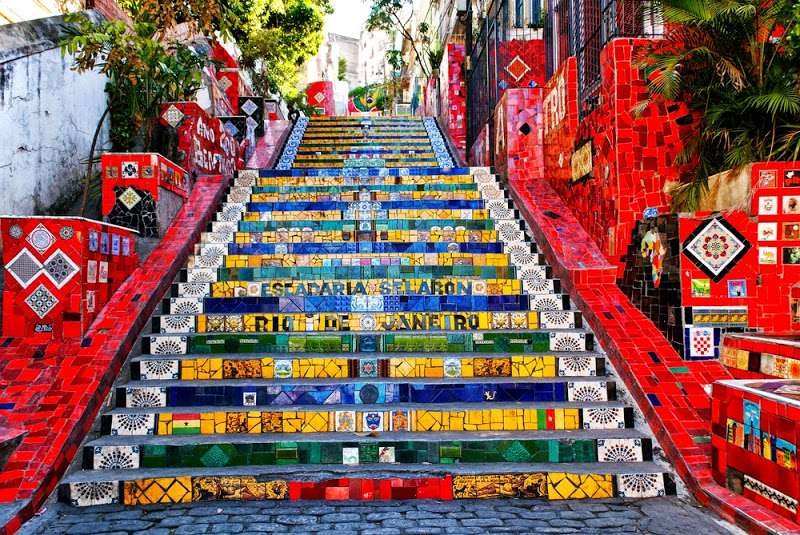
Selarón Steps (Escadaria Selarón)
🧠 Fact: A colorful mosaic stairway created by Chilean artist Jorge Selarón
💡 Tip: Visit during the day to fully enjoy the vibrant art without crowds.
Info - The Selarón Steps are a colorful, artistic landmark in Rio’s Lapa neighborhood. Created by Chilean artist Jorge Selarón as a tribute to Brazil, this stairway features over 2,000 brightly colored tiles from more than 60 countries. The vibrant mosaic ascends 215 steps, connecting the Lapa and Santa Teresa districts. Each tile was hand-placed by Selarón over several decades, with many donated by visitors. The steps are a popular photography spot and street art symbol, attracting both tourists and locals. Its bold colors and creative spirit capture the lively, multicultural heart of Rio.
- 📍 Brazil , Rio de Janeiro

Sugarloaf Mountain (Pão de Açúcar)
🧠 Fact: : Offers panoramic cable car views of Rio’s coastline and iconic landmarks
💡 Tip: Go around sunset for the most photogenic views.
Info - Sugarloaf Mountain is one of Rio de Janeiro’s most recognized natural landmarks. Rising 396 meters above Guanabara Bay, it offers panoramic views of Rio’s beaches, skyline, and surrounding mountains. Visitors reach the summit via a two-stage cable car ride, with the first stop at Morro da Urca for initial city views. From the top, you can watch dramatic sunsets and see landmarks like Christ the Redeemer and Copacabana Beach. It’s also a popular spot for rock climbing enthusiasts. Whether day or night, Sugarloaf’s breathtaking vistas make it one of Brazil’s essential scenic attractions.
- 📍 Brazil , Rio de Janeiro
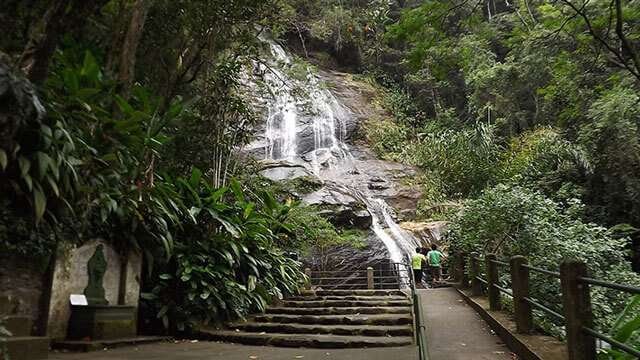
Tijuca National Park
🧠 Fact: The world’s largest urban rainforest inside a city.
💡 Tip: Try the short hike to Vista Chinesa for one of Rio’s best lookout points
Info - Tijuca National Park is the world’s largest urban rainforest, covering over 3,900 hectares in the heart of Rio de Janeiro. A haven for nature lovers, the park boasts waterfalls, hiking trails, and diverse wildlife, including monkeys and toucans. Key highlights include the towering Christ the Redeemer statue atop Corcovado Mountain, and the panoramic views from Vista Chinesa. Adventurers can trek to Pico da Tijuca, Rio’s highest peak. With its lush tropical scenery and proximity to the city, Tijuca offers an immersive rainforest experience without leaving urban Rio, blending natural wonder with world-famous landmarks.
- 📍 Brazil , Rio de Janeiro
